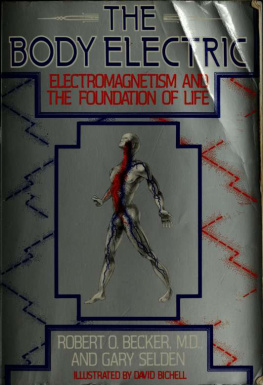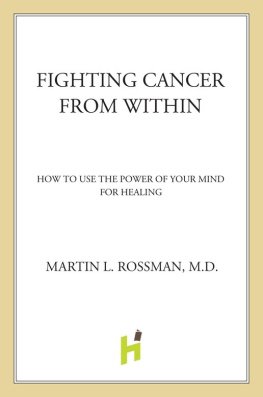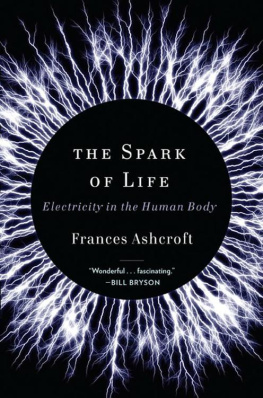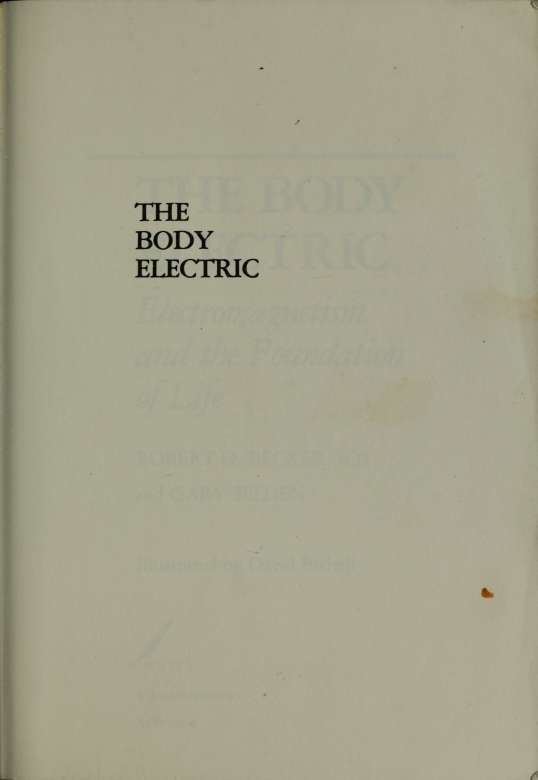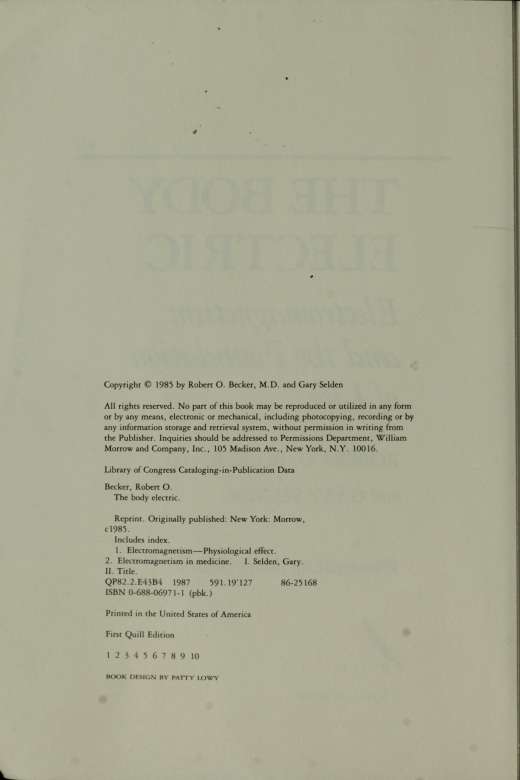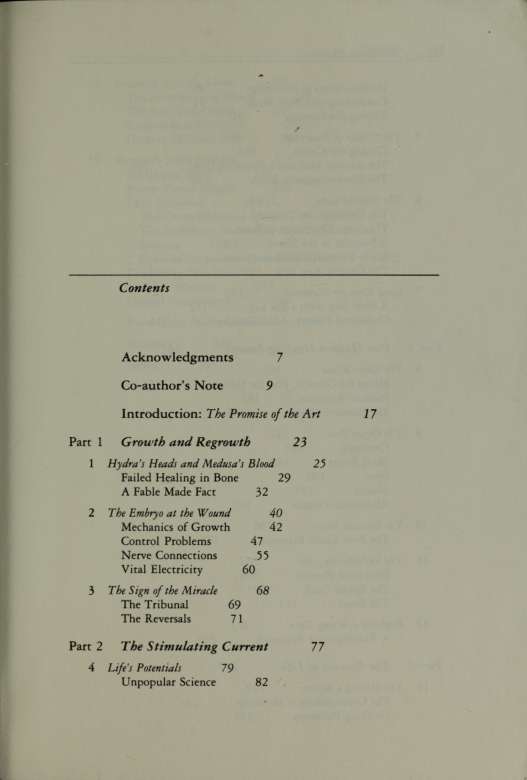This book made available by the Internet Archive.
To my wife, Lillian R.O.B.
To Harwood Rhodes, from a grateful student G.S.
Acknowledgments
We wish to thank our wives, Lillian Becker and Maureen Sugden, without whose love, help, and patience this book would never have been completed. We also wish to acknowledge the contributions of editor Maria Guarnaschelli and copy editor Bruce Giffords, as well as Julie Weiner, the editor who first saw promise in this project, and Susan Schiefelbein, who began a draft of the work several years ago. In addition, we are grateful to friends, colleagues, researchers, and sources too numerous to list. To those not mentioned in the text we hereby offer our heartfelt thanks.
Co-author's Note
Bob Becker spent almost thirty years working on the substance of this book. I spent not quite two in helping to organize the material and fit the words together. Therefore I have chosen to tell the entire story from his point of view. Unless otherwise noted, "I" refers to him and "we" to him and his collaborators in research.
Gary Selden
Undercurrents.in Neurology 85
Conducting in a New Mode 91
Testing the Concept 94
5 The Circuit of Awareness 103
Closing the Circle 103
The Artifact Man and a Friend in Deed 106
The Electromagnetic Brain 110
6 The Ticklish Gene 118
The Pillars of the Temple 118
The Inner Electronics of Bone 126
A Surprise in the Blood 135
Do-It-Yourself Dedifferentiation 141
The Genetic Key 144
7 Good News for Mammals 150
A First Step with a Rat Leg 152
Childhood Powers, Adult Prospects 155
Part 3 Our Hidden Healing Energy 161
8 The Silver Wand 163
Minus for Growth, Plus for Infection 163
Positive Surprises 169
The Fracture Market 175
9 The Organ Tree 181
Cartilage 187
Skull Bones 188
Eyes 190
Muscle 191
Abdominal Organs 192
10 The Lazarus Heart 196
The Five-Alarm Blastema 197
11 The Self-Mending Net 203
Peripheral Nerves 206
The Spinal Cord 207 The Brain 213
12 Righting a Wrong Turn 215
A Reintegrative Approach 219
Part 4 The Essence of Life 227
13 The Missing Chapter 229
The Constellation of the Body 233
Unifying Pathways 238
Contents
Breathing with the Earth 243
The Attractions of Home 250
The Face of the Deep 255
Crossroads of Evolution 261
Hearing Without Ears 264
Maxwell's Silver Hammer 271
Subliminal Stress 276
Power Versus People 278
Fatal Locations 284
The Central Nervous System 284
The Endocrine, Metabolic, and Cardiovascular
Systems 288
Growth Systems and Immune Response 292
Conflicting Standards 304
Invisible Warfare 317
Critical Connections 326
Postscript: Political Science Glossary 348
Index 353
THE
BODY
ELECTRIC
Introduction:
The Promise of the Art
I remember how it was before penicillin. I was a medical student at the end of World War II, before the drug became widely available for civilian use, and I watched the wards at New York's Bellevue Hospital fill to overflowing each winter. A veritable Byzantine city unto itself, Bellevue sprawled over four city blocks, its smelly, antiquated buildings jammed together at odd angles and interconnected by a rabbit warren of underground tunnels. In wartime New York, swollen with workers, sailors, soldiers, drunks, refugees, and their diseases from all over the world, it was perhaps the place to get an all-inclusive medical education. Belle-vue's charter decreed that, no matter how full it was, every patient who needed hospitalization had to be admitted. As a result, beds were packed together side by side, first in the aisles, then out into the corridor. A ward was closed only when it was physically impossible to get another bed out of the elevator.
Most of these patients had lobar (pneumococcal) pneumonia. It didn't take long to develop; the bacteria multiplied unchecked, spilling over from the lungs into the bloodstream, and within three to five days of the first symptom the crisis came. The fever rose to 104 or 105 degrees Fahrenheit and delirium set in. At that point we had two signs to go by: If the skin remained hot and dry, the victim would die; sweating meant the patient would pull through. Although sulfa drugs often were effective against the milder pneumonias, the outcome in severe lobar pneumonia still depended solely on the struggle between the infection and
the patient's own resistance. Confident in my new medical knowledge, I was horrified to find that we were powerless to change the course of this infection in any way.
It's hard for anyone who hasn't lived through the transition to realize the change that penicillin wrought. A disease with a mortality rate near 50 percent, that killed almost a hundred thousand Americans each year, that struck rich as well as poor and young as well as old, and against which we'd had no defense, could suddenly be cured without fail in a few hours by a pinch of white powder. Most doctors who have graduated since 1950 have never even seen pneumococcal pneumonia in crisis.
Although penicillin's impact on medical practice was profound, its impact on the philosophy of medicine was even greater. When Alexander Fleming noticed in 1928 that an accidental infestation of the mold Penicillium notatum had killed his bacterial cultures, he made the crowning discovery of scientific medicine. Bacteriology and sanitation had already vanquished the great plagues. Now penicillin and subsequent antibiotics defeated the last of the invisibly tiny predators.
The drugs also completed a change in medicine that had been gathering strength since the nineteenth century. Before that time, medicine had been an art. The masterpiecea cureresulted from the patient's will combined with the physician's intuition and skill in using remedies culled from millennia of observant trial and error. In the last two centuries medicine more and more has come to be a science, or more accurately the application of one science, namely biochemistry. Medical techniques have come to be tested as much against current concepts in biochemistry as against their empirical results. Techniques that don't fit such chemical conceptseven if they seem to workhave been abandoned as pseudoscientific or downright fraudulent.
At the same time and as part of the same process, life itself came to be denned as a purely chemical phenomenon. Attempts to find a soul, a vital spark, a subtle something that set living matter apart from the nonliving, had failed. As our knowledge of the kaleidoscopic activity within cells grew, life came to be seen as an array of chemical reactions, fantastically complex but no different in kind from the simpler reactions performed in every high school lab. It seemed logical to assume that the ills of our chemical flesh could be cured best by the right chemical antidote, just as penicillin wiped out bacterial invaders without harming human cells. A few years later the decipherment of the DNA code seemed to give such stout evidence of life's chemical basis that the double helix became one of the most hypnotic symbols of our age. It seemed the final proof that we'd evolved through 4 billion years of chance mo

